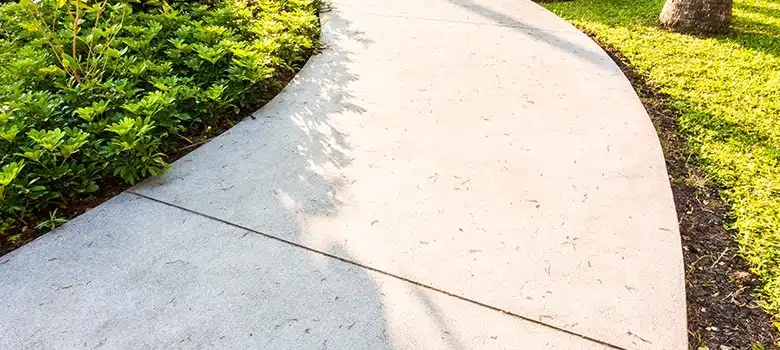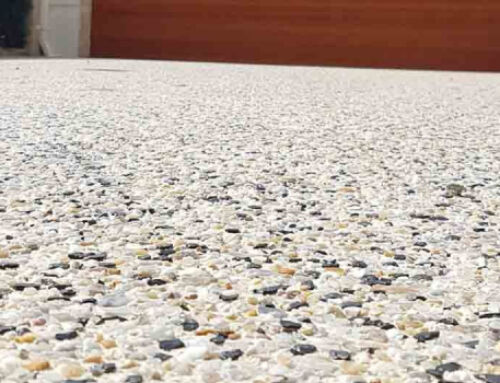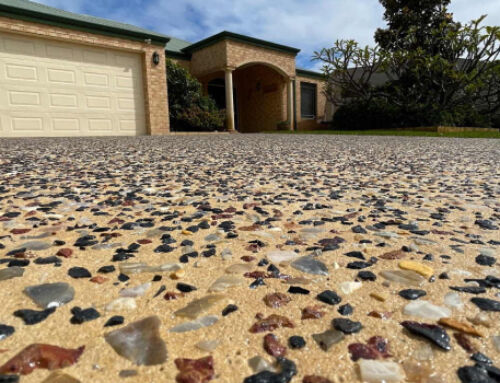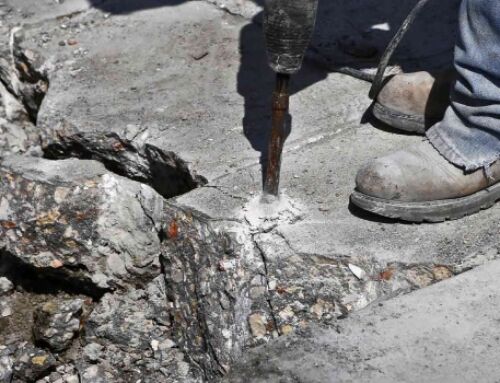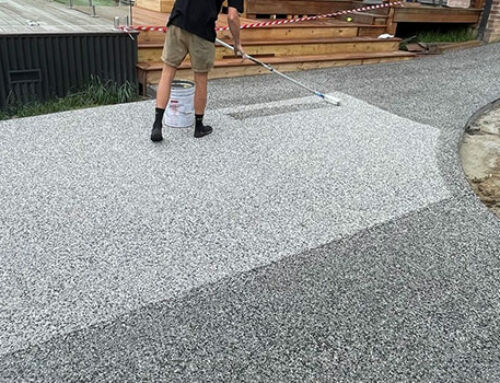A driveway crossover is part of a property owner’s driveway that provides access to private property.
Driveway crossovers are an integral part of every residential property. They provide a connection between your home and the road, allowing for convenient vehicle access and enhancing the overall curb appeal of your property.
However, it’s crucial to understand that constructing a driveway crossover involves more than simply pouring concrete or laying pavers. Local councils have specific requirements and regulations in place to ensure the safety, functionality, and preservation of public infrastructure.
In this article, we will delve into the essential council requirements and the approval process for driveway crossovers in Melbourne, empowering you with the knowledge necessary to undertake this project successfully.
If you want to learn more about concrete driveways, check out our resources:
Council Requirements
1. Design Standards
Each council in Melbourne has its own set of design standards for driveway crossovers before your concrete installation can begin. These standards cover various aspects such as width, gradient, materials, and construction techniques. Before beginning any construction work, it’s crucial to consult your local council’s guidelines to ensure compliance with their specific requirements.
2. Clearances and Setbacks
Councils typically specify minimum clearance requirements for driveways from trees, utility poles, fire hydrants, and other existing structures. These clearances are in place to prevent any potential damage to the infrastructure and to ensure the safety of both pedestrians and vehicles.
3. Drainage
Proper drainage is essential for a functional and durable driveway crossover. Councils may have specific requirements regarding the installation of drainage systems, including the use of grated channels, soakage pits, or other approved methods. It’s important to incorporate appropriate drainage measures into your driveway crossover design to avoid water pooling or runoff issues.
4. Footpath Upgrades
In some cases, constructing a new driveway crossover may necessitate upgrading or modifying the existing footpath or nature strip. These modifications may involve levelling the surface, installing kerb ramps for accessibility, or other improvements. It’s crucial to understand the council’s requirements regarding footpath upgrades and obtain the necessary permissions for any modifications.
Driveway Crossover Approval Process
1. Planning
Start by consulting your local council’s planning department or website to understand their specific requirements for driveway crossovers. Gather all the necessary information, including design guidelines, application forms, and any supporting documentation they may require.
Stuck for inspiration? Discover the top modern driveway ideas
2. Application Submission
Prepare and submit your application to the council, providing all the required information and documentation. This may include site plans, engineering drawings, details of the proposed materials, and any other relevant information as specified by the council.
3. Assessment and Review
The council will assess your application to ensure compliance with their guidelines and regulations. They may also consider factors such as impact on existing infrastructure, pedestrian safety, and traffic flow. This process may take several weeks, depending on the council’s workload and the complexity of the project.
4. Approval and Conditions
Once your application is approved, you will receive a formal notice outlining any conditions or requirements that must be met during construction. These conditions may include specific construction techniques, timeframes for completion, and compliance with additional regulations.
5. Construction and Inspection
With the approval in hand, you can proceed with the construction of your driveway crossover. It’s important to adhere to the approved plans and any specified conditions. The council may conduct inspections during and after construction to ensure compliance with the approved design.
6. Completion Certificate
After the construction is finished and deemed satisfactory by the council, you can request a completion certificate. This certificate serves as evidence that the driveway crossover has been constructed according to the approved plans and council requirements.
Understanding the council requirements and following the approval process is crucial when building a driveway crossover in Melbourne. Failure to comply with these regulations may result in delays, additional costs, or even legal consequences.
Remember, every council has its own set of rules and procedures, so it’s essential to research and familiarise yourself with the specific requirements of your local council. By doing so, you will save time, avoid unnecessary complications, and ensure that your driveway crossover meets all the necessary standards.
Tips when planning your driveway crossover
1. Engage with Professionals
Working with professionals such as architects, engineers, or experienced contractors can greatly assist you throughout the process. They can help you design a functional and compliant driveway crossover, prepare the necessary documentation, and navigate the approval process more efficiently.
2. Consider Accessibility
If you have elderly residents, people with disabilities, or young children in your household, it’s crucial to ensure that your driveway crossover is accessible. This may involve incorporating features such as kerb ramps, textured surfaces for better grip, or other accessibility modifications.
3. Choose Quality Materials
Selecting durable and appropriate materials for your driveway crossover is essential for its longevity. Consider factors such as load-bearing capacity, resistance to weather conditions, and maintenance requirements when choosing materials for your driveway surface and kerb.
4. Safety Measures
Safety should be a top priority when designing your driveway crossover. Adequate lighting, clear signage, and reflective markers can enhance visibility and help prevent accidents, especially during the night or in areas with high traffic.
5. Maintain Good Communication
Throughout the approval and construction process, maintain open lines of communication with your local council. Seek clarifications if needed and inform them of any significant changes or challenges that may arise during construction.
Driveway Crossovers: The Final Word
Constructing a driveway crossover in Melbourne requires careful adherence to council requirements and the approval process.
Understanding the design standards, obtaining the necessary approvals, and ensuring compliance with the specified conditions are vital steps to a successful project.
Remember, each council may have specific variations in their requirements, so always consult your local council’s guidelines and engage with the relevant authorities for accurate and up-to-date information. With thorough preparation and compliance, you can confidently embark on your driveway crossover project in Melbourne.
Call on Concept Concrete for Your Concrete Solution
And there’s no one better in Melbourne when it comes to all things concrete than Concept Concrete.
We offer modern and custom concrete designs even with the plainest of concrete types as well as additional services like driveway sealing so you can have the best outcome for your project. We also offer fast and free quotes so you can accurately budget for your concrete needs in advance with zero surprises.
Call us on 1300 366 343 or request an obligation-free quote today to learn more!

